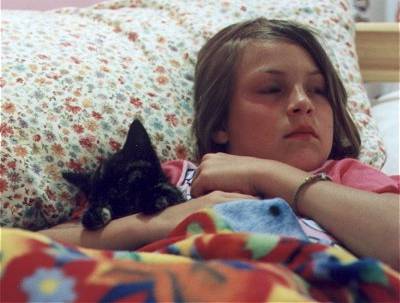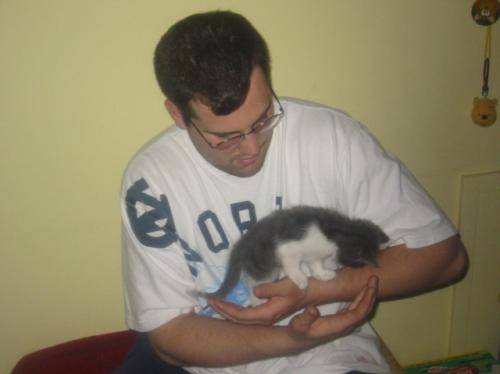Motivation¶
Problem¶
During my childhood, I used to think that lions belong to Canidae and tigers belong to Felidae. I also recall instances when people decorated their dogs to look like cats, which can be misleading at first glance. Accurately classifying pictures of different species can be challenging, even for those with prior experience. While people may rely on their past experiences to distinguish between different species, the accuracy of such methods is often overestimated.
Solution¶
To begin, we can simplify our broad questions by focusing on distinguishing between pictures of cats and dogs. One way to approach this is to generate models and visualize the training accuracy. If our model performs well, we can progress to more complex tasks, we can even attempt to distinguish between closely related species such as Canidae (e.g. wolves) and Felidae (e.g. lions). The goal of this project is to first develop a model to accurately identify pictures of cats and dogs. Once we have validated our model, we can then use it to differentiate between species within the Canidae and Felidae families. By doing so, we can determine the extent of the differences between these families.
Impact¶
At present, our image classifiers are designed to differentiate between cats and dogs, as well as other closely related species within the feline and canid families. If the initial model proves to be highly effective, we can expand its capabilities to identify other species that are not currently recognized. This could offer valuable insights into the characteristics of unknown species and their similarities to known species. Additionally, this model can aid in the identification of specific individuals in densely populated environments, resulting in improved speed and accuracy of identification.

